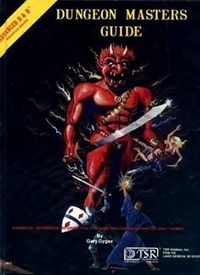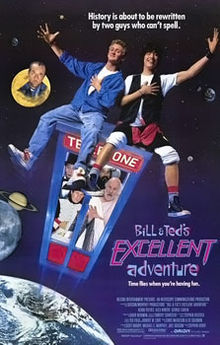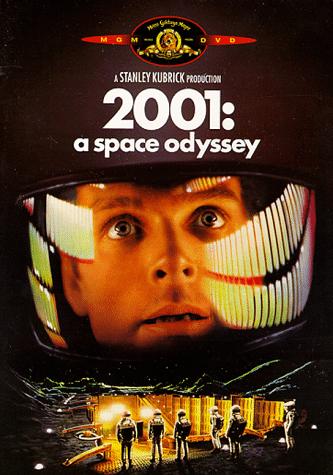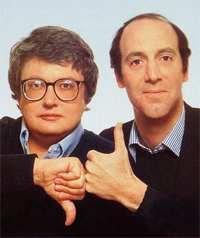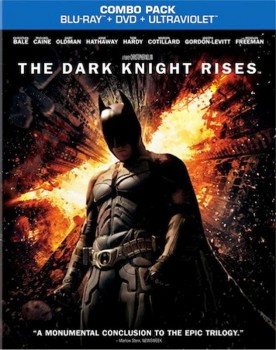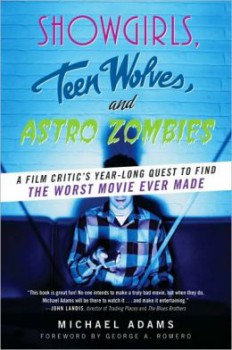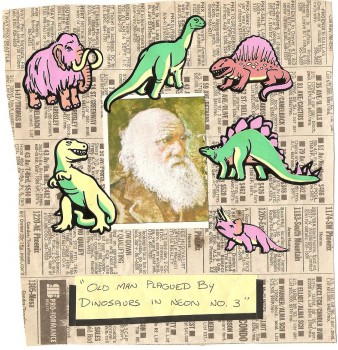Oz Reviews The Book of Skulls by Robert Silverberg
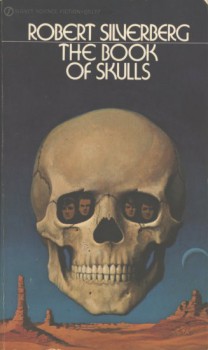 This novel came out in 1972 under the Signet Science Fiction imprint, which is quite misleading. There is nary a hint of sci-fi in its pages. Rather, The Book of Skulls is a deeply compelling psychological study, a book full of mystery and existential dread.
This novel came out in 1972 under the Signet Science Fiction imprint, which is quite misleading. There is nary a hint of sci-fi in its pages. Rather, The Book of Skulls is a deeply compelling psychological study, a book full of mystery and existential dread.
The story is told by four narrators: Eli, Ned, Oliver, and Timothy, Harvard college students who are the book’s protagonists. Each of the forty-two chapters is prefaced by the name of one of the four, the narrator of that chapter, so we are constantly shifting among the four minds. We get four strongly delineated perspectives as the story unfolds through their cross-country road trip to their ultimate goal: an ancient mystery cult in the Arizona desert that may possess the secret to physical immortality.
Eli, we learn, came across The Book of Skulls during one of his forays into the rare and uncatalogued manuscripts section of the university library. Translating it, he discovered the bizarre claim of the Brotherhood of Skulls, that they can forestall death. Further translation revealed that to become an initiate into their secrets of immortality, four candidates must come, a four-sided Receptacle. But part of the demand of the initiation is that two of the four must die: “The Ninth Mystery is this: that the price of a life must always be a life. Know, O Nobly-Born, that eternities must be balanced by extinctions. As by living we daily die, so then by dying we shall forever live.”
Eli has talked his three roommates into going with him in search of the cult over spring break, and each has his own motives for going along, which are gradually revealed as we get into their heads.
